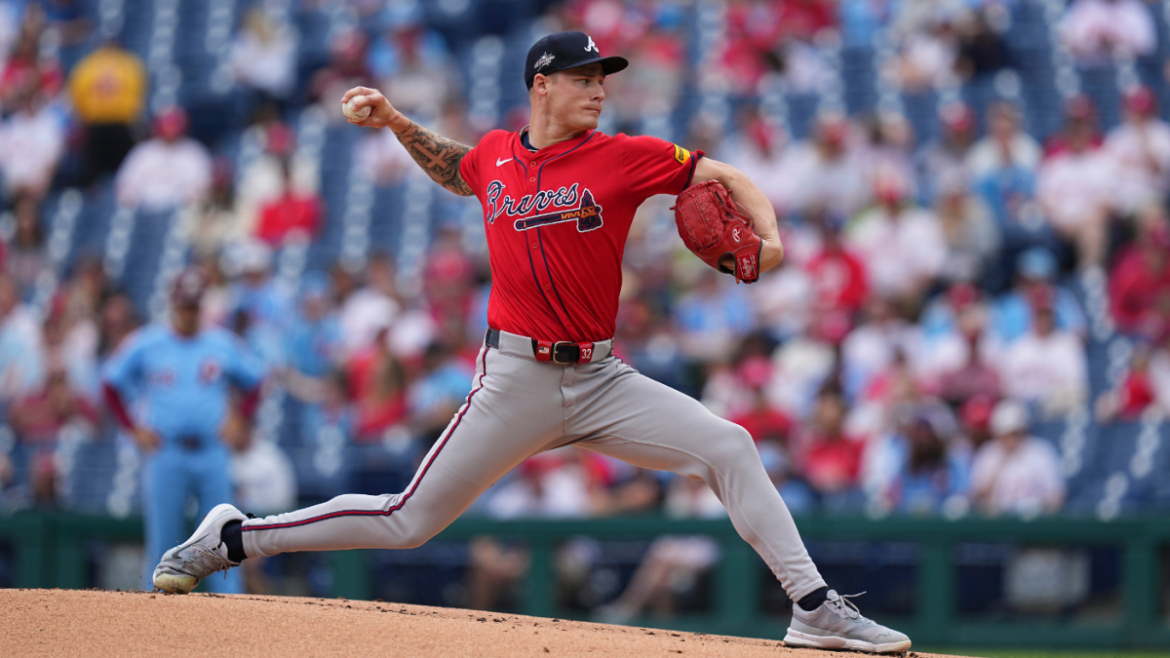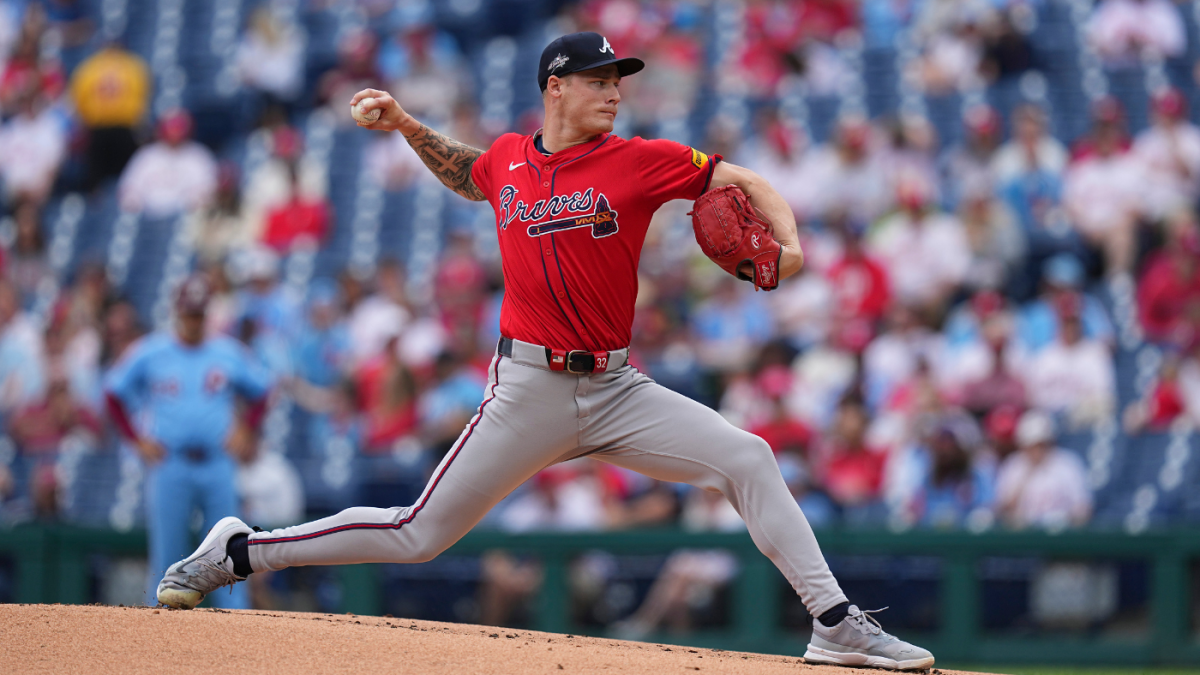AJ Smith-Shawver’s Torn UCL Injury and Its Impact on the Atlanta Braves Rotation
AJ Smith-Shawver, the promising young right-handed pitcher for the Atlanta Braves, has suffered a significant setback with a torn ulnar collateral ligament (UCL) in his throwing elbow. This injury not only ends his 2025 MLB season prematurely but also puts his availability for much of the 2026 season in serious doubt. The Braves now face critical challenges in managing their starting rotation amid this loss and other concurrent pitching injuries.
—
Chronology and Nature of the Injury
Smith-Shawver first experienced discomfort during his start against the Philadelphia Phillies when he felt a distinct “pop” in his elbow. Despite briefly limping and some warm-up pitches, he managed to finish 2⅔ innings, allowing two runs. After the game, an MRI confirmed the worst fears: a torn UCL requiring surgery is the most likely diagnosis, ending his 2025 campaign immediately.
This injury came as a blow given Smith-Shawver’s emergence as a vital part of the Braves’ rotation. Prior to the injury, he had a 3-2 record with a respectable 3.67 ERA, demonstrating his value considering his rookie status and youth (22 years old). ESPN had even rated him with the second-highest odds to win the National League Rookie of the Year award.
—
Implications for AJ Smith-Shawver’s Career and Recovery
A torn UCL typically necessitates Tommy John surgery, a complex and long rehabilitation process. Recovery often spans 12 to 18 months, casting doubt on Smith-Shawver’s availability for the 2026 season. The Braves and Smith-Shawver face critical decisions regarding the exact surgical procedure to undertake and the management of his comeback timeline.
Given his youth and potential, the Braves will likely invest in a comprehensive rehabilitation program to preserve his long-term career viability. However, the immediate consequence is clear: Smith-Shawver’s absence will deprive the team of a rising star for an extended period.
—
Impact on the Atlanta Braves Rotation Depth and Strategy
The Braves were already navigating an injury-riddled pitching staff. Alongside Smith-Shawver, notable arms such as Reynaldo López (shoulder surgery last month), Chris Sale, Spencer Schwellenbach, and Grant Holmes have faced health issues or setbacks. Spencer Strider, another key starter, has recently struggled with a hamstring strain after UCL internal brace surgery on his right elbow back in April 2024. His limited starts have compounded the team’s rotation difficulties.
The loss of Smith-Shawver forces the Braves to rely heavily on their depth and bullpen to sustain competitiveness. Atlanta has responded by recalling Michael Petersen and employing relievers like Scott Blewett to cover innings. Manager Brian Snitker emphasized the team’s use of roster flexibility and the need for contributions from less experienced starters to bridge the gap.
—
The Broader Context: Braves’ Rotation and Season Outlook
Atlanta’s starting rotation, featuring ace Max Fried, veteran Charlie Morton, and Chris Sale, remains formidable but fragile. The departures of key young pitchers like Smith-Shawver and Strider have elevated the importance of seasoned arms carrying the load and emerging talents stepping up.
The team’s ability to maintain a competitive edge hinges on:
– Effective management of pitching workloads to prevent further injuries.
– Strategic call-ups and acquisitions to fill rotation holes.
– Utilizing bullpen depth to support shorter outings and protect starters.
Despite these challenges, the Braves maintain one of the strongest overall rotations in the league, though durability questions loom large.
—
Notable Performances and Smith-Shawver’s Rising Profile
Before the injury, Smith-Shawver had already made history by becoming the youngest MLB pitcher since Michael Wacha (2013) to start a game of 8 or more innings while allowing one or no hits. His fastball velocity remained consistent, registering speeds around 95 mph, underlining his capability at the highest level.
Such performances fueled optimism about his role as a future staff cornerstone. The timing of the injury is particularly unfortunate, as it curtailed a trajectory filled with promise.
—
Conclusion: Navigating the Future without Smith-Shawver in the Short Term
The Atlanta Braves’ 2025 season now proceeds without AJ Smith-Shawver, an emerging young ace sidelined by a serious elbow injury with a long recovery ahead. This development underscores the unpredictable and often vulnerable nature of baseball pitching staffs, where injuries can abruptly alter team strategies and player careers.
However, the Braves’ depth and experience still provide a foundation for continued contention, albeit requiring greater adaptation and resilience. The team’s medical and coaching staffs will focus on maximizing Smith-Shawver’s rehabilitation to ensure his long-term return to form, anticipating the day he once again becomes a key weapon in Atlanta’s pitching arsenal.
In the interim, Atlanta’s rotation exemplifies the delicate balance teams must strike between cultivating young talent and relying on seasoned veterans to sustain success in the rugged grind of a Major League Baseball season. Smith-Shawver’s injury is a stark reminder of this reality, highlighting the imperative of depth and adaptability in building championship-caliber rotations.





